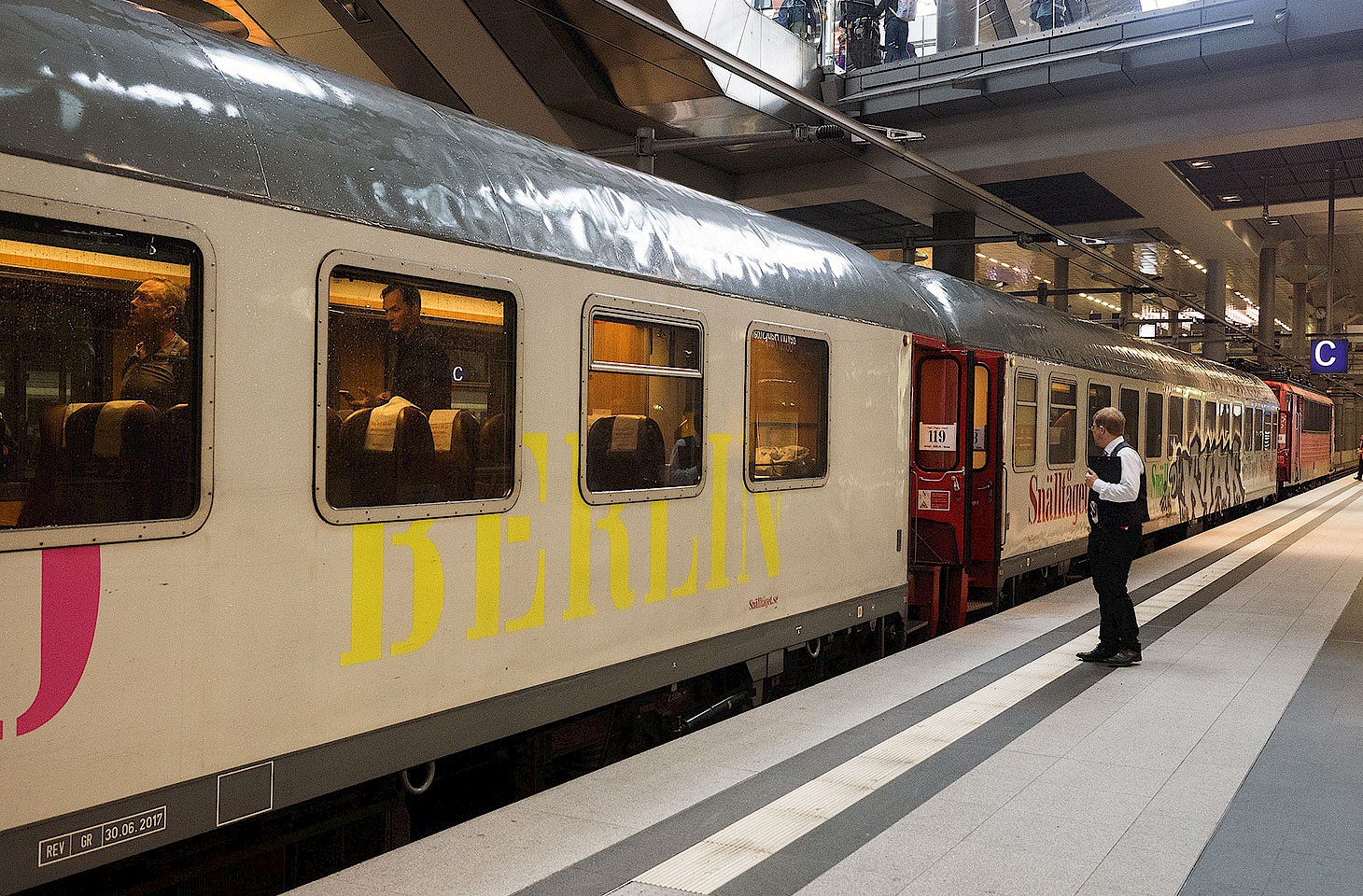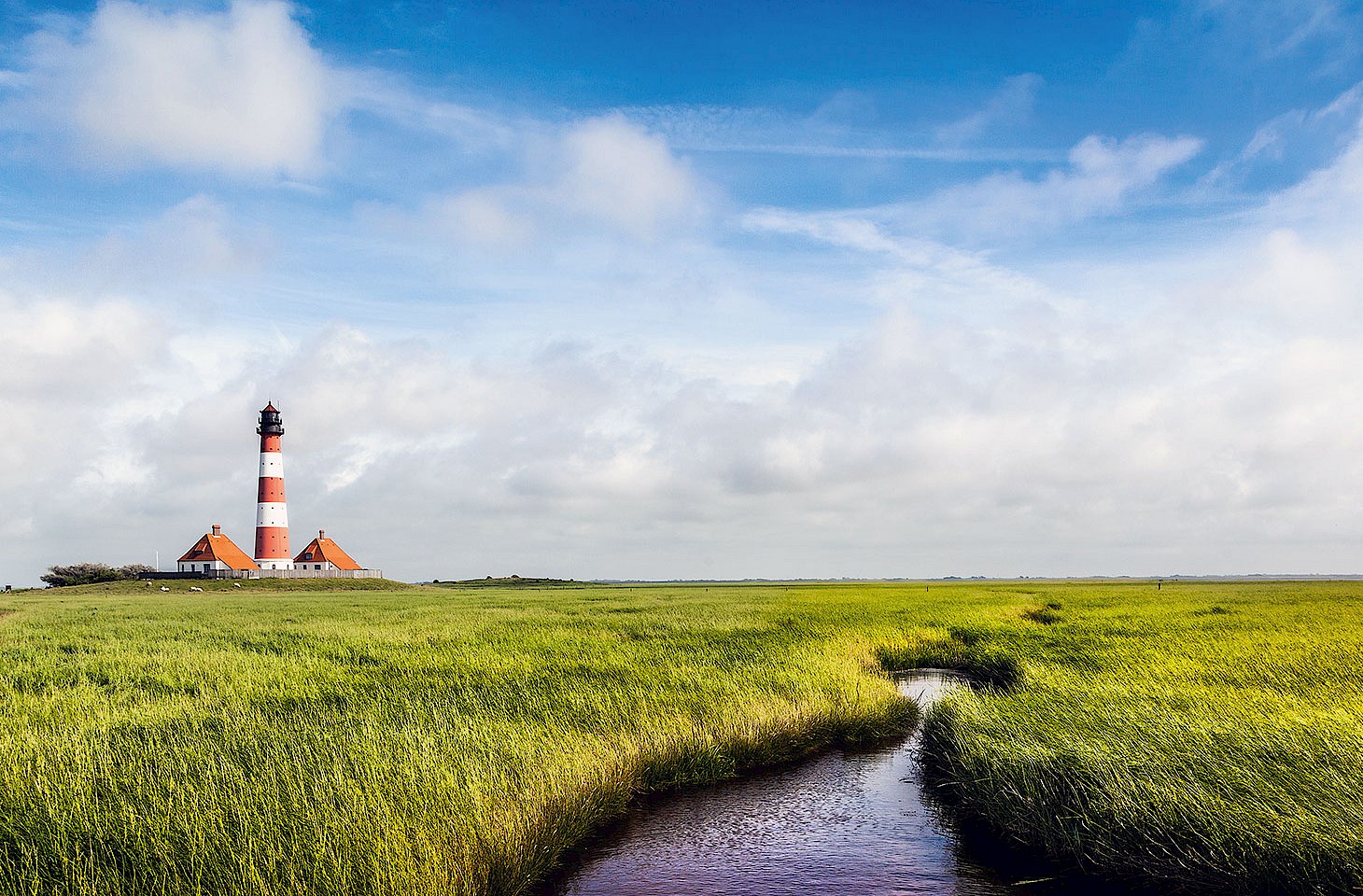Dear fellow travellers
We had set our sights on Samoa. But with a fierce storm closing in from the west, we decided instead to make for Zanzibar. Locally, it is the German spelling that prevails: Sansibar.
The North Frisian island of Sylt may not seem the most obvious place for a tutorial on Germany's colonial adventures. The island protects the coast of Jutland from the North Sea. It has long sandy beaches, fabulous dunescapes and lovely swathes of heath. The perfect island, some might venture.
In its toponyms, Sylt recalls two other islands, both far-flung and both once coveted by Germany. The local bus that trundles out to the southern tip of Sylt stops at both Samoa and Sansibar.
In some German cities, there have been initiatives to rename roads that recall the country's unhappy colonial adventures. Cast back 100 years and Cameroon, Togo and part of New Guinea were then all German colonies. The names of those territories and various settlements within them were useful fodder for town planners looking to name new streets in a rapidly urbanising Germany. Some of those names have stuck.
Germany also left its imprint on the cartography of far distant continents and oceans. Still today, the string of islands off the north-east coast of New Guinea is called the Bismarck Archipelago.
That Samoa and Sansibar still feature in the bus timetables of the island of Sylt is more than just a post-colonial oddity. It attests to the enduring power of the colonial brand amid a certain class of affluent German. Sansibar equates to privilege; it is synonymous with wealth. It has nothing to do with an island off the east coast of Africa.
Reformist cartographers may manage to tweak the street names of German cities, but in Sylt the post-colonial legacy has taken on a life of its own. And the moneyed élites who bring their custom to Samoa and Sansibar will probably resist any attempt to redraw the map of Sylt.
Toponyms can of course be seductively misleading. We cannot read colonialism into every oddball place name. There is, we think, no connection between the community of Bangladesh, a suburb of the Armenian capital Yerevan, and the eponymous country in Asia. But curiously, there was once an Armenian community in Dhaka (which nowadays is the capital of Bangladesh). Hence the name Armanitola for part of the old city of Dhaka, where truly adventurous travellers can even find an old Armenian church.
Whether you make it to Samoa or Sylt, or merely stay at home and read hidden europe, we hope that 2013 will be happy and successful for you. Happy New Year.
Nicky Gardner and Susanne Kries
(editors, hidden europe magazine)
Regular readers of our Letter from Europe may recall that Sylt has featured from time to time in our writing. You might like to look at our New Year message from 2010 which focused on the demons of Sylt. You'll find a series of images of this island on our website.




